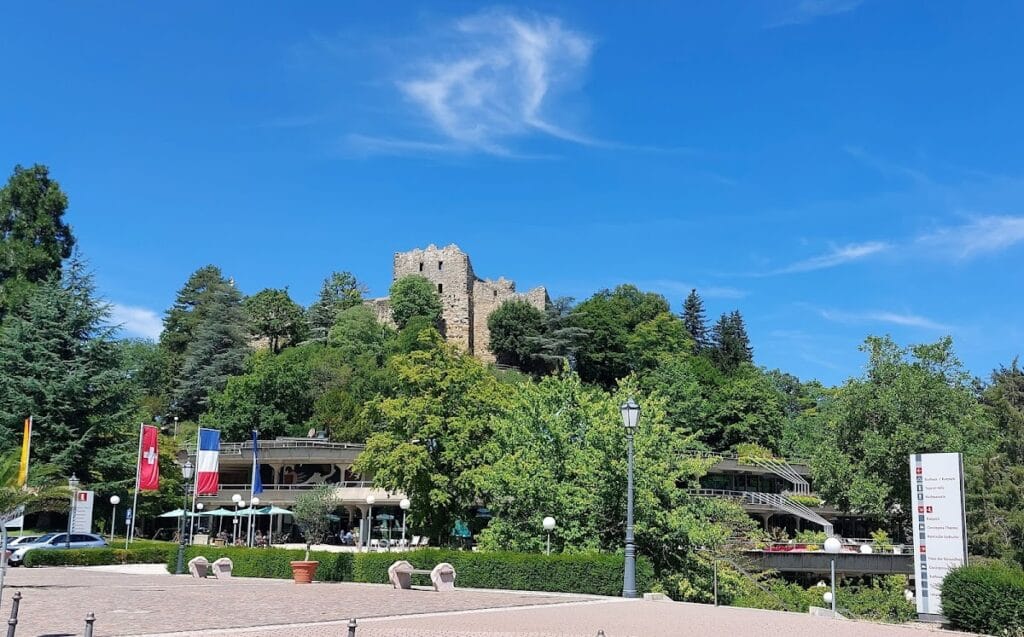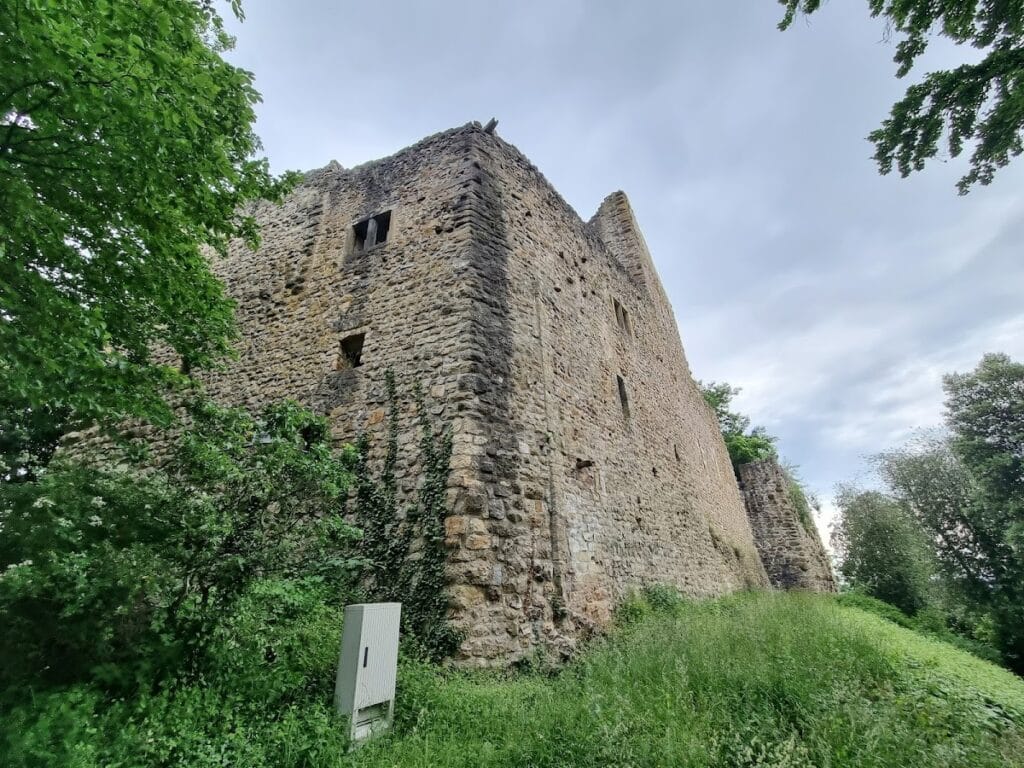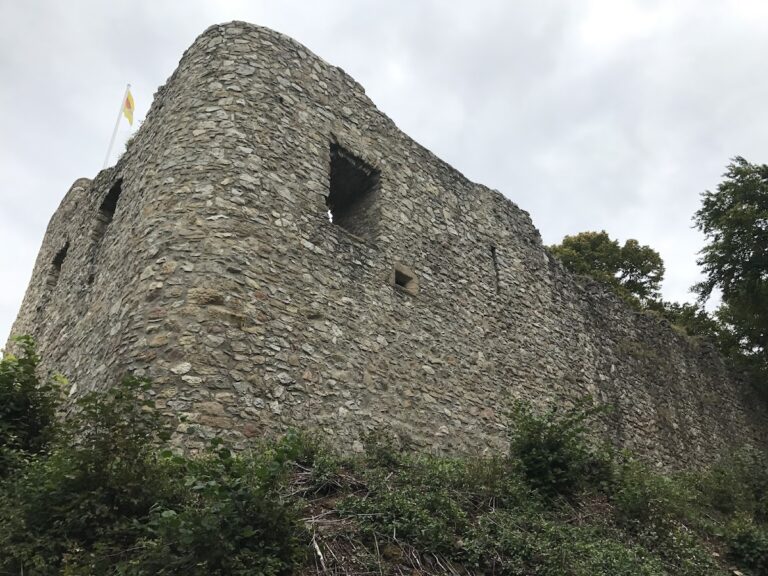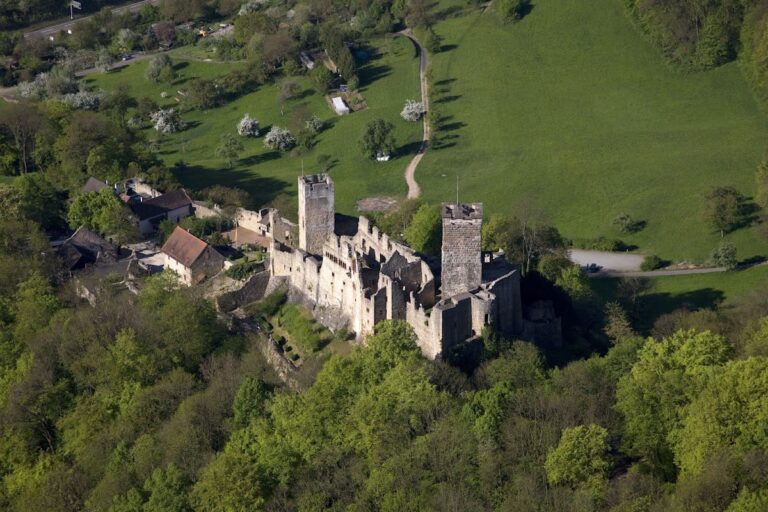Burg Badenweiler: A Historic Hilltop Castle Ruin in Germany
Visitor Information
Google Rating: 4.6
Popularity: Low
Google Maps: View on Google Maps
Official Website: www.burg-badenweiler.de
Country: Germany
Civilization: Medieval European
Remains: Military
History
Burg Badenweiler is a hilltop castle ruin situated in the town of Badenweiler, Germany. Its origins trace back to the Roman period, when a fort was constructed on this site to guard a nearby water facility known as the Aqua Villa. Later, the Alamanni, a Germanic tribe, established a hill castle here, which was eventually taken over by the Franks.
The castle first appears in written records in 1122, when it came under the ownership of the Zähringen family. They used it primarily to safeguard their silver mining operations in the region. Over the next centuries, Burg Badenweiler changed hands multiple times through inheritance and marriage. In 1147, it became part of the Welf dynasty’s lands through a dowry. By 1157, control passed to the Staufer dynasty, and in 1268 it was inherited by the Counts of Freiburg. The Counts of Strassberg acquired it in 1303 via marriage, followed by the princely house of Fürstenberg in 1363. Later, the castle returned briefly to the Counts of Freiburg and was occupied at times by the Habsburgs.
In 1409, troops under Bishop Humbert of Neuenburg from Basel attacked and damaged the castle, though it was repaired soon afterward. Burg Badenweiler continued to serve as the administrative center and residence of the local bailiffs representing the ruling lords.
During the Dutch War in the late 17th century, the castle became a military site once again. Following the fall of the nearby city of Freiburg in November 1677, French forces under General Joseph de Montclar occupied Burg Badenweiler. On April 6, 1678, the retreating French army, led by Marshal Créqui, deliberately set fire to and partially demolished the castle. The ruins were abandoned and never rebuilt, with the local population later taking stones and materials for other constructions.
In the centuries following, the castle remained a ruin. In the 20th century, efforts began to stabilize and preserve what remained of the structure. On the castle hill, a monument to the Russian author Anton Chekhov was erected in 1992, commemorating his death in Badenweiler in 1904.
Remains
The remains of Burg Badenweiler crown a hill approximately 455 meters above sea level, overlooking the town’s spa park. The ruins consist mainly of stone masonry walls from the castle’s main residential building, known as the palas, which was a multi-storey structure divided internally into three sections. The original window outlines remain visible in parts of the surviving walls, illustrating the complexity of the interior layout.
Access to the hilltop ruins is provided by a steep path bordered by retaining walls. Along this route lies a circular tower, or bergfried, which served as a defensive stronghold and observation post. This tower survives well enough to be used as a vantage point offering extensive views over Badenweiler, the Black Forest to the east, and the Rhine Valley and Vosges mountains to the west.
The castle’s outer defenses were expanded during the 14th century in response to frequent border conflicts in the region. These fortifications were constructed predominantly from stone and include sturdy masonry walls designed to protect the site’s inhabitants.
After the destruction of the castle in 1678, the ruins were partially dismantled by locals who took building materials for other purposes. Restoration efforts in the 20th century concentrated on securing the remaining structures and providing safer access around the site. The hill on which the castle stands is now integrated into the surrounding Kurpark spa area, which contains other cultural markers, including the Anton Chekhov monument nearby.










